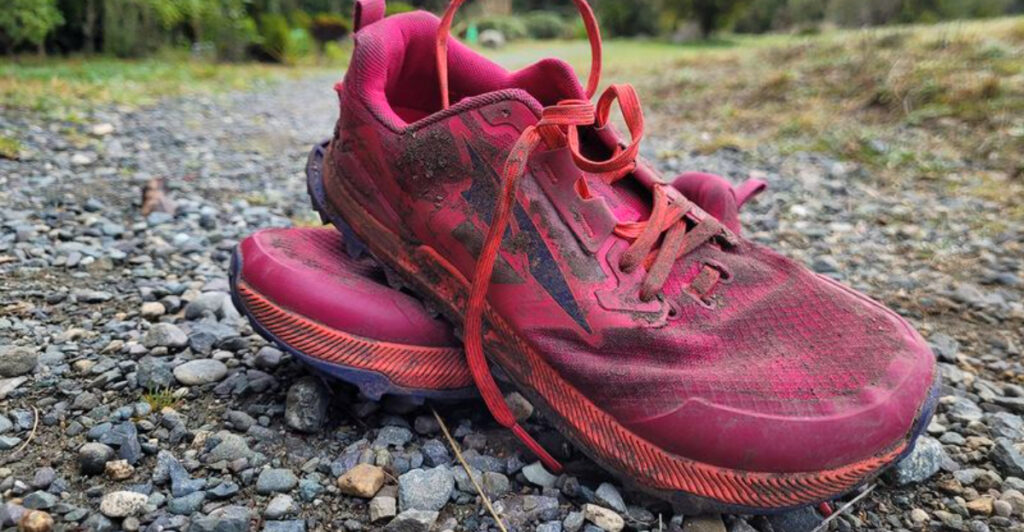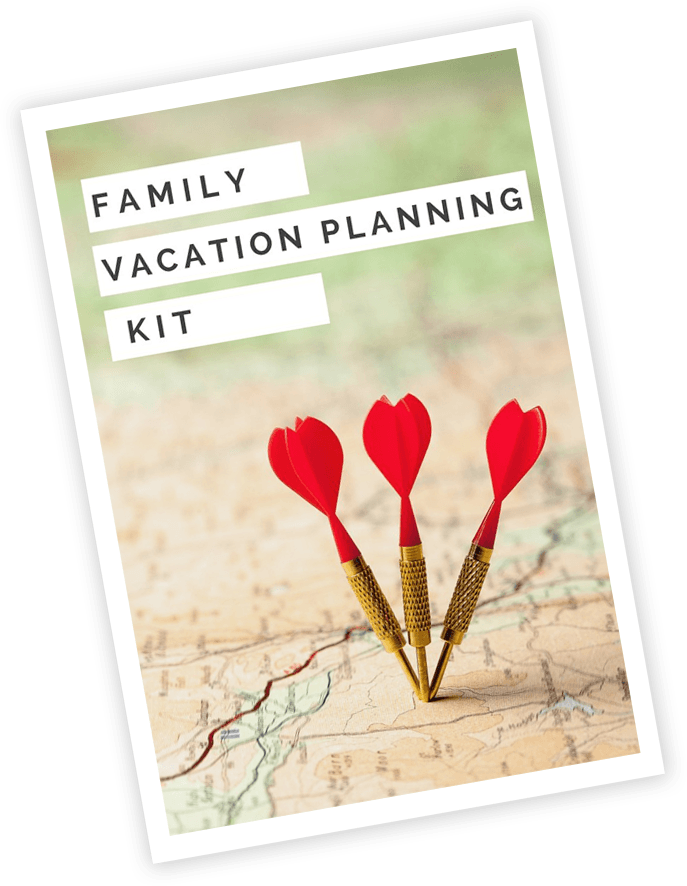Choosing the right hiking shoe can make or break your outdoor adventure. Whether you’re tackling rocky mountain trails or strolling through forest paths, your feet deserve footwear that keeps them comfortable, protected, and ready for anything. Understanding what features matter most will help you find a shoe that matches your hiking style and keeps you moving confidently on every trail.
1. Fit and Comfort
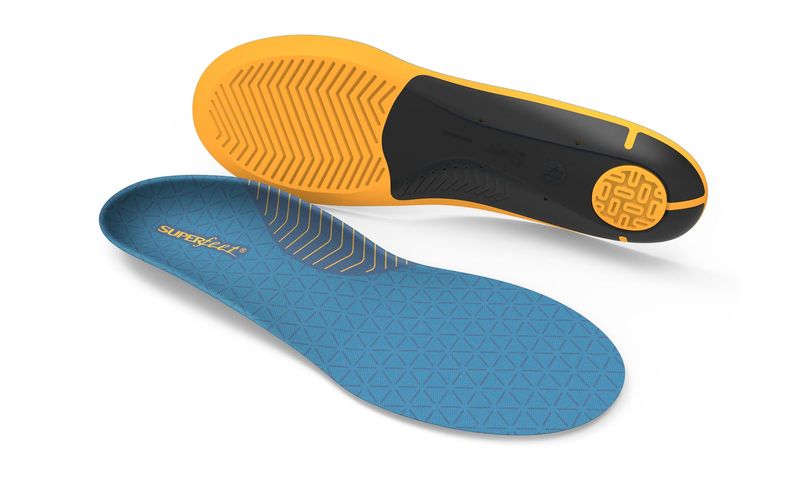
Getting the right fit makes all the difference between a great hike and painful blisters. Your longest toe needs about a half-inch of breathing room from the shoe’s end, while your heel should sit snugly without slipping around.
Pressure points are your enemy, so walk around and pay attention to any uncomfortable spots. Here’s a pro tip: shop for hiking shoes later in the afternoon or evening when your feet naturally swell up a bit.
This timing ensures you get an accurate fit that won’t feel too tight when you’re hours into a trail with tired, swollen feet.
2. Terrain Suitability
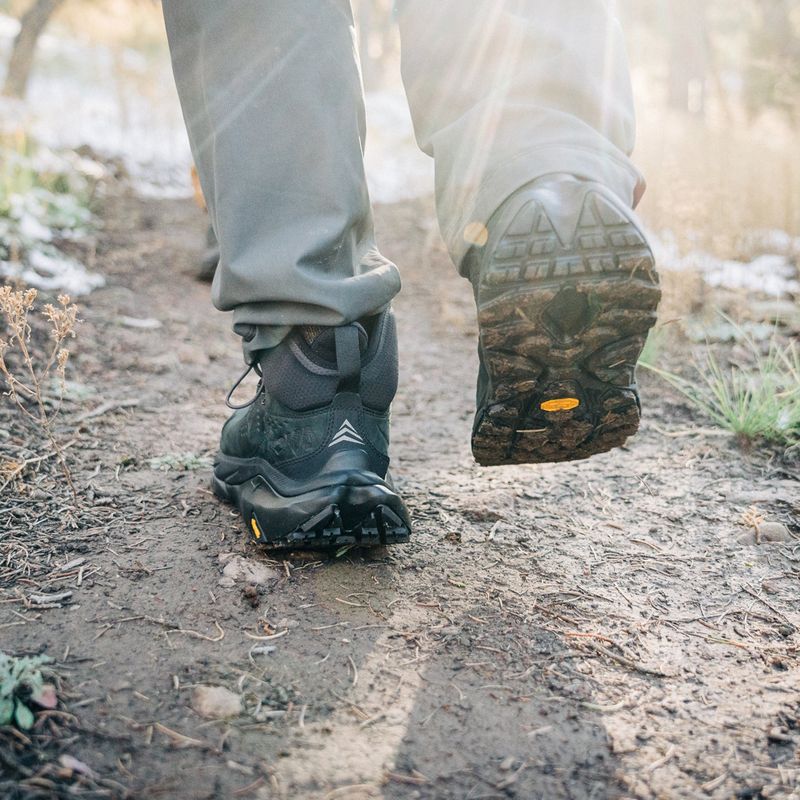
Not all trails are created equal, and your shoes shouldn’t be either. Rocky or technical paths demand shoes with firmer midsoles and stiffer construction to keep your feet stable on uneven ground.
Meanwhile, smooth or soft trails let you get away with more flexible shoes that boost your agility and natural foot movement. Think about where you typically hike most often.
Are you scrambling over boulders or wandering through meadows? Match your shoe’s design to your favorite terrain, and you’ll notice the difference immediately in both comfort and confidence.
3. Weight
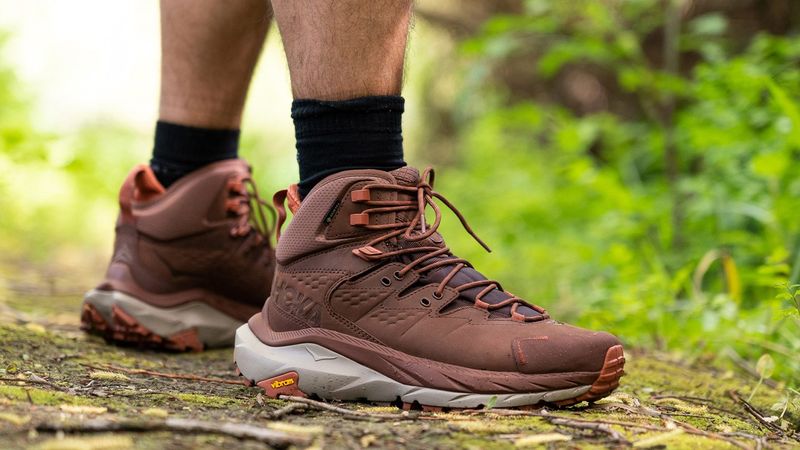
Every ounce on your feet feels like five pounds after miles on the trail. Lighter shoes mean less fatigue, which translates to more energy for enjoying the views instead of dragging yourself forward.
Trail runners and lightweight hiking shoes are fantastic for hikers who value speed and nimble movement. The trade-off? They typically offer less ankle support than their heavier boot cousins.
If you’re hiking well-maintained trails without heavy packs, going lighter makes sense. But for rough terrain with a loaded backpack, you might want a bit more heft for stability.
4. Waterproofing
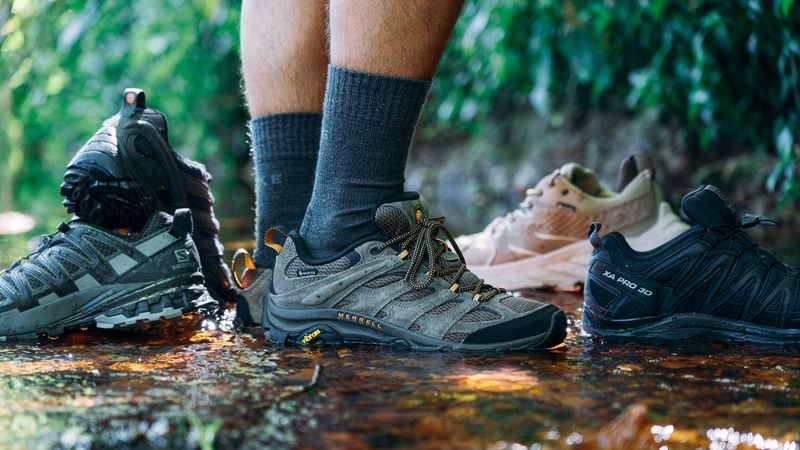
Wet feet are miserable feet, but waterproof shoes aren’t always the answer. Shoes with waterproof membranes keep moisture out when crossing streams or hiking in rainy climates, which sounds perfect until you consider breathability.
Waterproof materials trap heat and sweat inside, potentially making your feet uncomfortable on hot, dry days. If you mostly hike in sunny, arid conditions, breathable non-waterproof shoes might actually keep your feet happier.
Consider your typical weather conditions carefully. Wet climate hikers should prioritize waterproofing, while desert wanderers benefit more from maximum airflow and quick-drying materials.
5. Traction
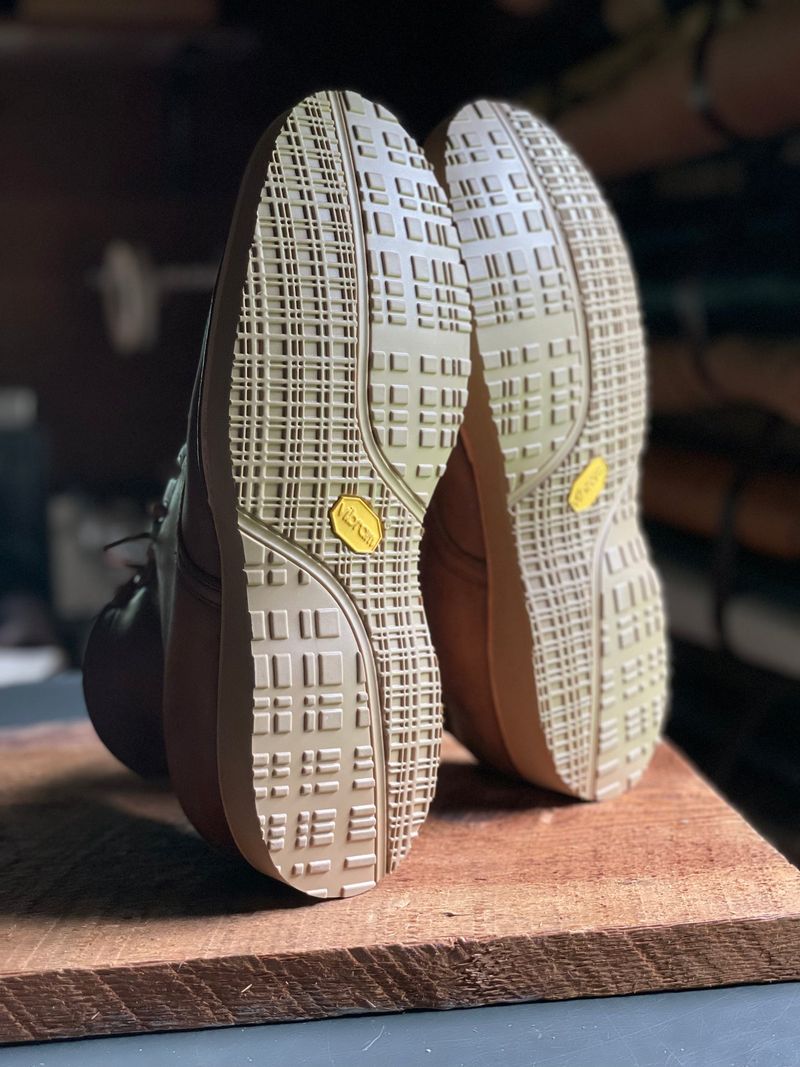
Slipping on a steep trail isn’t just embarrassing—it’s dangerous. Quality traction starts with aggressive tread patterns that bite into dirt, mud, and loose rocks like teeth gripping the ground.
The rubber compound matters just as much as the pattern. Premium brands like Vibram and Continental engineer outsoles specifically for grip on slippery or uneven surfaces, and the difference is noticeable.
Look closely at the lugs (those raised bumps on the sole). Deeper, more widely spaced lugs excel in mud, while tighter patterns work better on rock. Your shoe’s grip literally keeps you upright.
6. Durability
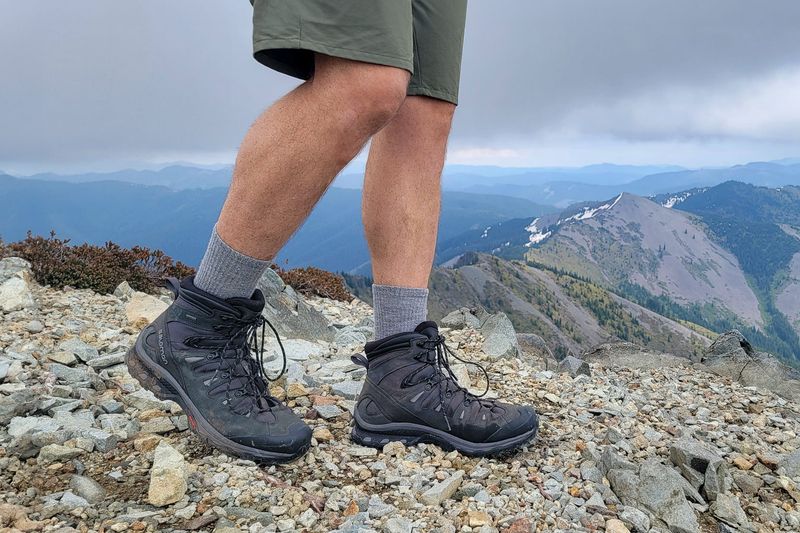
Nobody wants shoes that fall apart after a season of hiking. Construction quality and material choice determine whether your shoes last years or months, so choose wisely based on your hiking frequency.
Leather uppers are tough as nails and can handle serious abuse, though they add weight to your feet. Synthetic materials keep things lighter and often cost less, but they may wear through faster with heavy use.
If you’re a weekend warrior planning occasional hikes, synthetics work great. Serious trail enthusiasts who rack up hundreds of miles annually should invest in shoes with reputations for going the distance.
7. Support
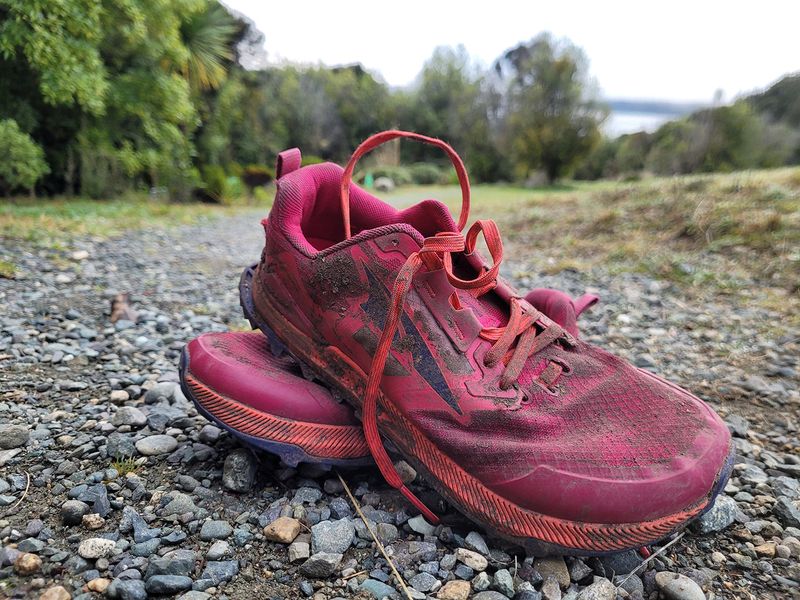
Your feet carry your entire body weight mile after mile, so they need serious backup. Proper arch and ankle support prevent common hiking injuries like rolled ankles and plantar fasciitis flare-ups.
If you already deal with foot problems, look for shoes with extra cushioning and targeted support features. Many quality hiking shoes come with removable insoles, which is fantastic news for anyone using custom orthotics.
Don’t underestimate how much difference good support makes. The right shoe structure keeps your feet aligned correctly, reducing strain on your knees, hips, and back during long treks through challenging terrain.
8. Breathability
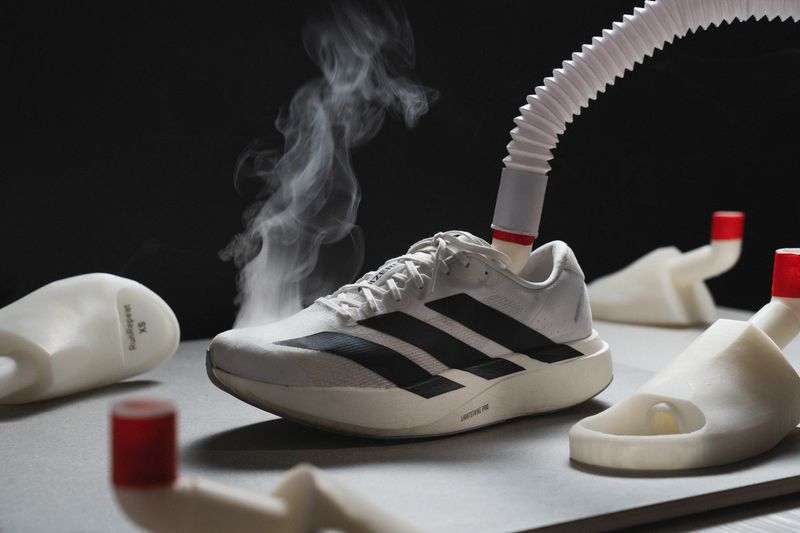
Trapped moisture inside your shoes creates the perfect recipe for blisters and discomfort. Shoes designed with mesh uppers or strategic ventilation holes allow air to circulate freely, keeping your feet fresher throughout the day.
This feature becomes absolutely critical in warmer climates or during intense hikes where you’re working up a serious sweat. Good airflow helps moisture evaporate quickly instead of pooling around your toes.
Think of breathability as your shoe’s cooling system. In hot weather or on strenuous climbs, well-ventilated shoes can prevent that swampy feeling and reduce your chances of developing painful hot spots.
9. Break-In Period
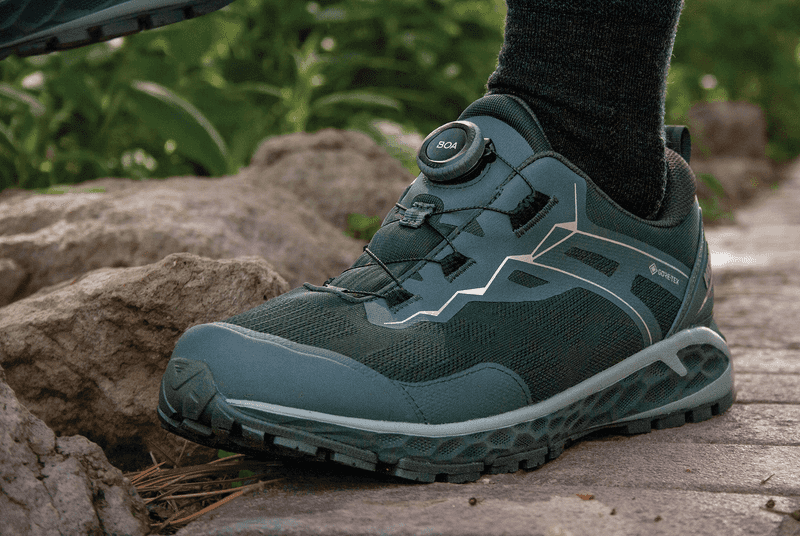
Even premium hiking shoes need time to conform to your unique feet. Skipping the break-in period is a rookie mistake that leads to preventable pain on the trail when it’s too late to turn back.
Start by wearing your new shoes around the house for short periods, then graduate to quick neighborhood walks. This gradual process lets the materials soften and mold to your foot shape without causing major discomfort.
Give yourself at least a couple weeks before attempting any serious hikes. Your feet will thank you when your shoes feel like natural extensions instead of stiff strangers on that first big adventure.
10. Price and Value
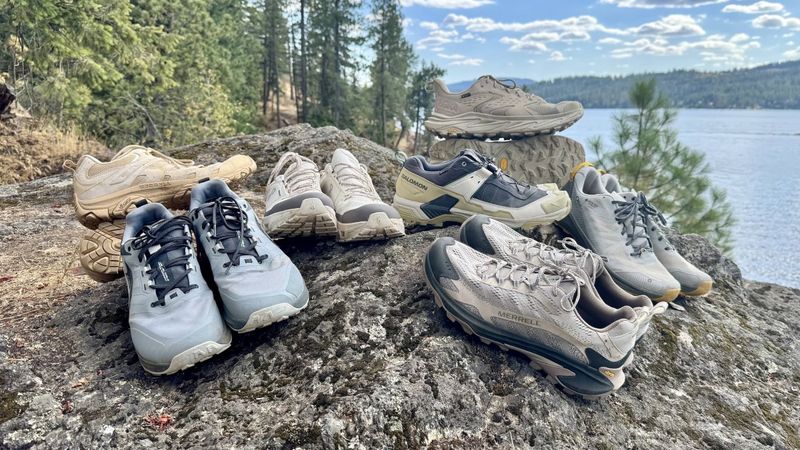
Expensive doesn’t automatically mean better, though quality hiking shoes represent a worthy investment in your outdoor comfort. High-end models often include advanced features like superior materials, better construction, and innovative technologies that enhance performance.
However, reliable options exist across various price ranges. Consider how frequently you’ll actually use these shoes before dropping serious cash on top-tier models.
Weekend hikers can find excellent mid-range shoes that perform beautifully without breaking the bank. Frequent trail enthusiasts might justify premium prices through extended use. Remember, the best value comes from matching your purchase to your actual hiking habits and needs.

